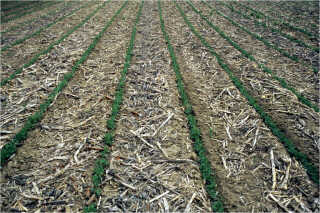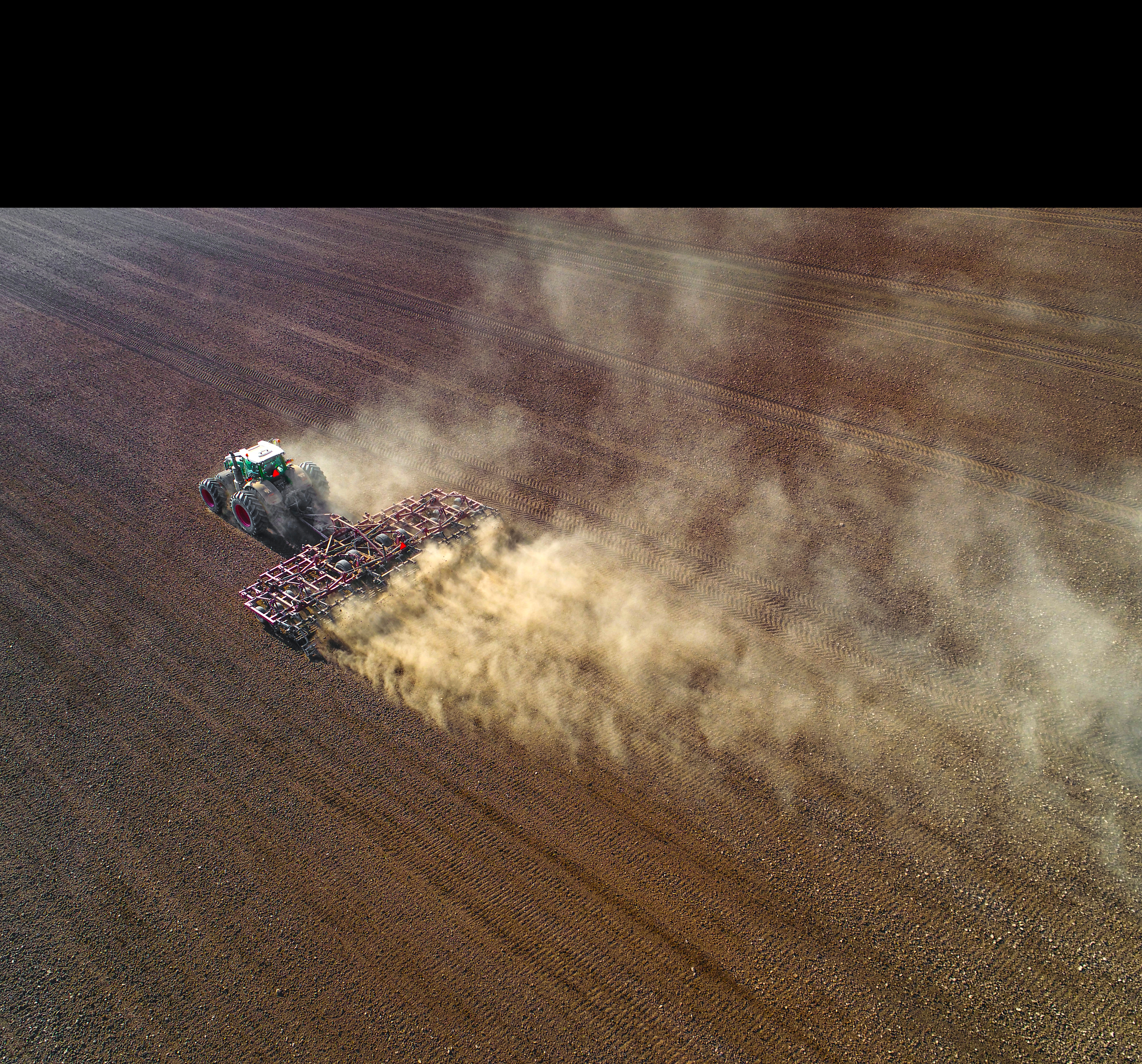
No-till uses a systems approach to crop production where crops are grown with minimal soil disturbance and the soil is kept covered with crop residue to conserve soil and water. Continuous no-till and crop rotation, intensity, and diversity are keys to making no-till successful, building the soil system while minimizing potential problems. Too often, producers think that no-till is planting a crop one year without doing tillage. No, it's continuously planting crops, every year, without tillage to get the full benefits of no-till.
Residue management, crop rotation, nutrient management, integrated pest management, equipment and its proper operation, and many other cropping practices must be part of the systems approach. When no-till is properly managed, the soil structure and its biological life will improve; runoff, erosion, fuel, and labor will decrease; and infiltration, productivity, and profitability will increase. Without the systems approach, planting a crop without tillage will have problems and the producer will likely fail, blaming no-till, not the lack of management.

